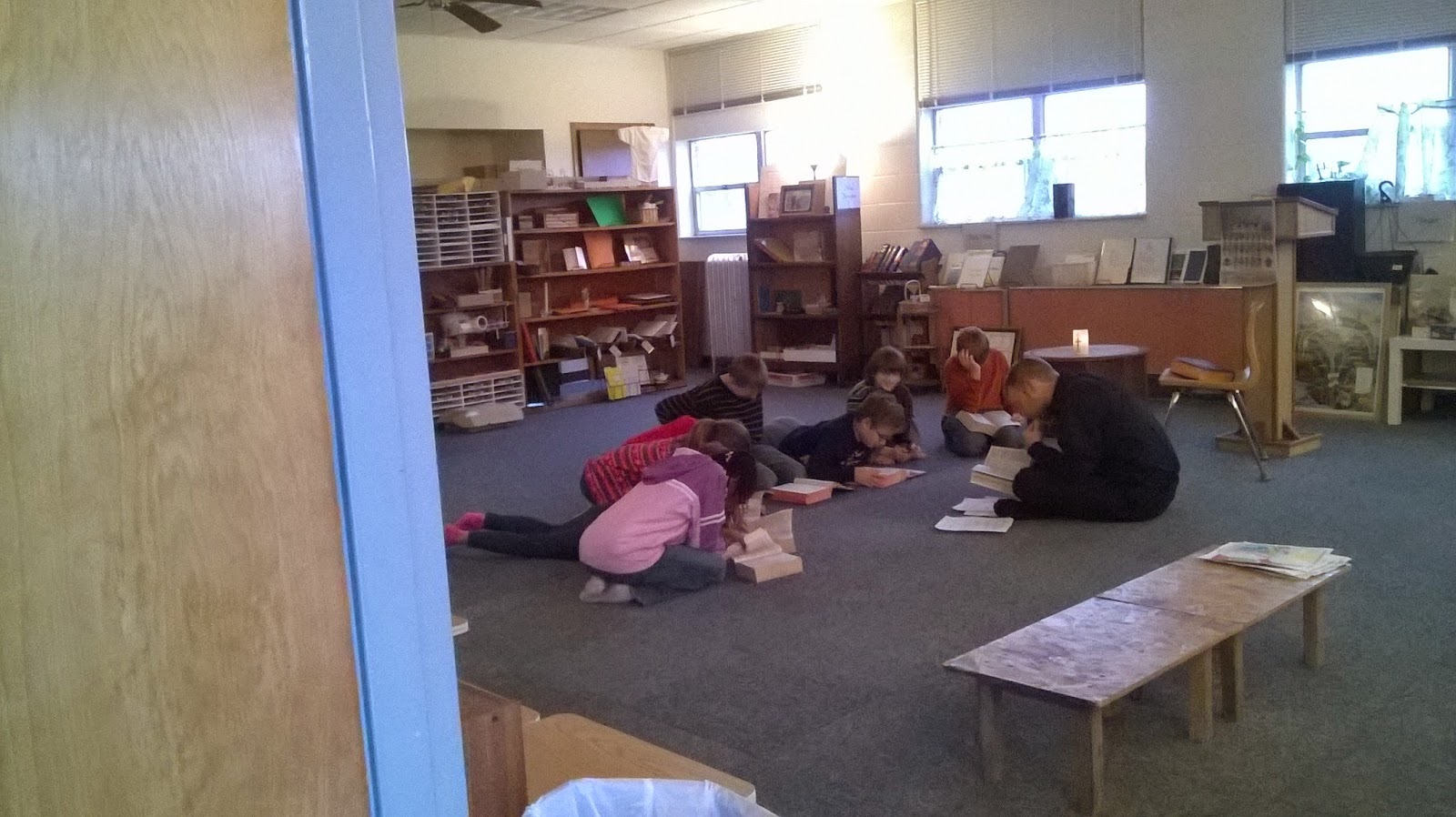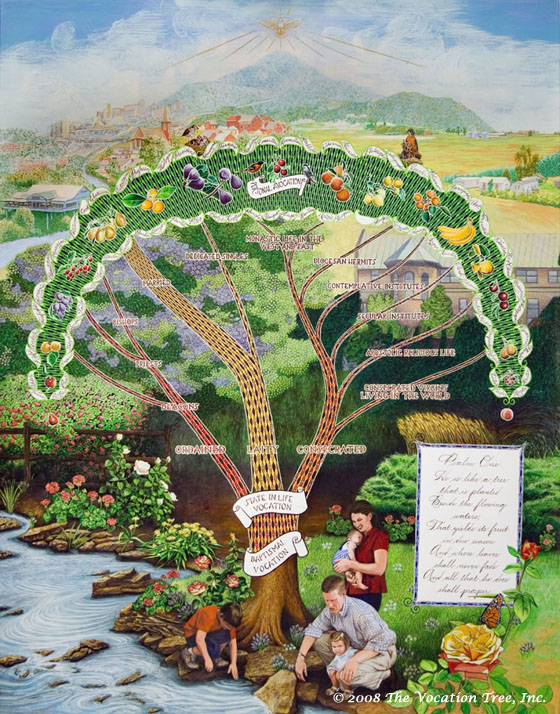I'll say it upfront: the ideal retreat layout is ideal for a reason -
because it works.
However, in the United States, we have this tendency to think that we are so special, that what works for the universal child can't possibly work for our special American kids. We must always be modifying-modifying-modifying.
I say that entirely seriously - we truly believe that about ourselves and about our children! I catch myself doing it.
all. the. time. It annoys me to no end, yet I'm indoctrinated into it because this country is my earthly home.
Reality-Check: Multiple Parishes and Dioceses:
With that said, the atrium situations I am in right now, I am not ready to rent out a retreat center for 4 long days (the ideal) and try to coordinate across several parishes (since one of the dioceses I am in requires 1st sacraments to be done in one's own parish - just about ZERO exceptions --- CGS experience would not be an acceptable exception) and three dioceses.
With the variety of parishes the children attend, some children did Reconciliation in December, some in January, 1-2 in February, the rest in March or more likely April. First Holy Communion will be in early May for just about everyone due to the Lenten/Easter schedule this year. So if we could have coordinated Reconciliation, we MIGHT have been able to coordinate retreats with Communion - but no, because the parents want family time the weekend of First Holy Communion.
The Retreats:
The ideal: 4 full days leading up to and including the Sunday of receiving First Holy Communion. Thursday, Friday, Saturday 8am-8pm (or so) and Sunday from before Mass until several hours after Mass, returning to the atrium or the retreat area for a post-communion reflection. The children LOVE this experience! Parents not so much - because we (I include myself in this!) want the fancy dress/suit, the pictures afterward, the party, the celebration - the outer JOY! to express our inner joy.
Should this time of sacramental celebration be focused on the child's reception - internal growth in the faith? Savoring that spiritual moment and not clogging it up with outer signs of joy?
Our Experience:
In a way, my son's experience was sublime in that regard. His first Reconciliation was with a wonderful priest friend (and spiritual director) of ours, who traveled across the country (for other reasons) and coordinated hearing Legoboy's first reconciliation in our local/geographical parish (where he attended CGS, but we were not members). We were within our own diocese, and within our geographical parish's boundaries - but not at the parish of our membership and not with the priest associated with a local parish. We received all the appropriate permissions - and it was a quiet day, with no one else present in the church. We went out to lunch together afterward - just the three of us.
Focus on the spiritual.
He did the one-day sacramental preparation retreat with his atrium group - a week before they did their First Holy Communion (he did not receive there because he was waiting for another particular special day that was upcoming.... see below). This was his second reconciliation and he had a unique experience at that retreat day.
For First Holy Communion, he received at the cathedral in a neighboring diocese where his Godfather was being ordained a priest. There was no announcement, no banner, no pew decoration, no mention in the bulletin (although his name was mentioned for something else I think), no party for "him" afterward though we had a quiet reception of a few gifts from Godfather at one point and the priest friend from above at another time (he also heard my son's confession again before the ordination Mass began).
We received all the necessary permissions there as well. Intricate to plan, but quiet for the child.
Focus on the spiritual.
He LOVED it.
We had a small party in our home the following day for local friends and parishioners from our parish. Two weeks later, we had his party in another state with the rest of our friends and family. He enjoyed the parties and everyone enjoyed sharing this moment with him.
But the focus on the "day of" was on the sacrament itself.
As it should be.
The White Garment:
The "ideal" in CGS is for the children to wear their white garments received after Reconciliation on Saturday - to their First Holy Communion on Sunday. No fancy dress or suit; everyone dressed in a long white flowing garment - think something like altar servers.
I like the concept.
But honestly - I like the dress-up too! This year, I am blessed with the opportunity to make a beautiful veil for a wonderful young lady receiving her sacraments for the first time. I have not seen her dress, but I am sure it is lovely - and special - worn by others in her family before her.
There is something special about having that connection with our immediate family AND with the universal church. I don't know if *I* could give that up for the sake of the children wearing a simple white garment during their First Holy Communion Mass.
But the children get it. White garment - all the parables, all the teaching, Baptismal garments, etc. White garment. Unstained. They GET it. They go deep with it.
I have a tough time with this one - I see the benefit both ways - and I want to do it both ways!


































.JPG)























